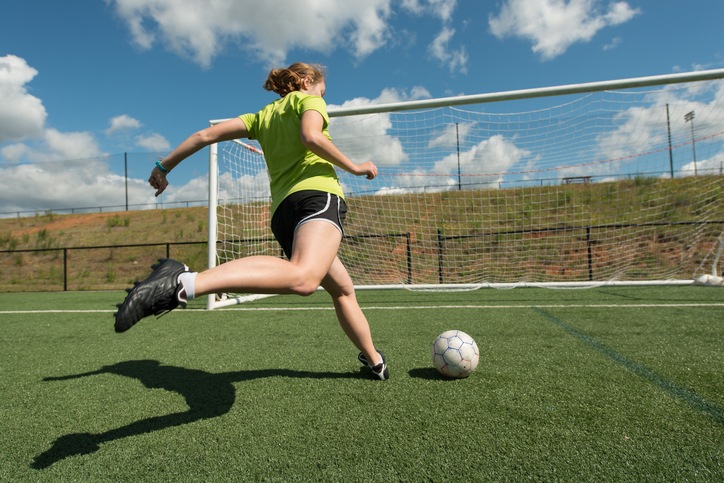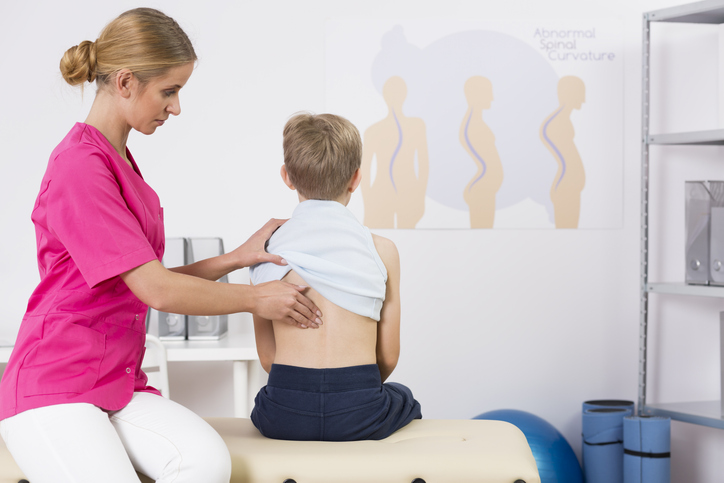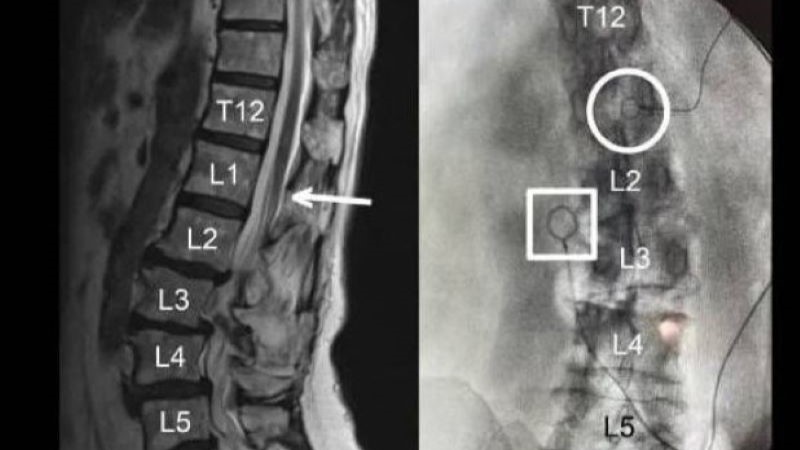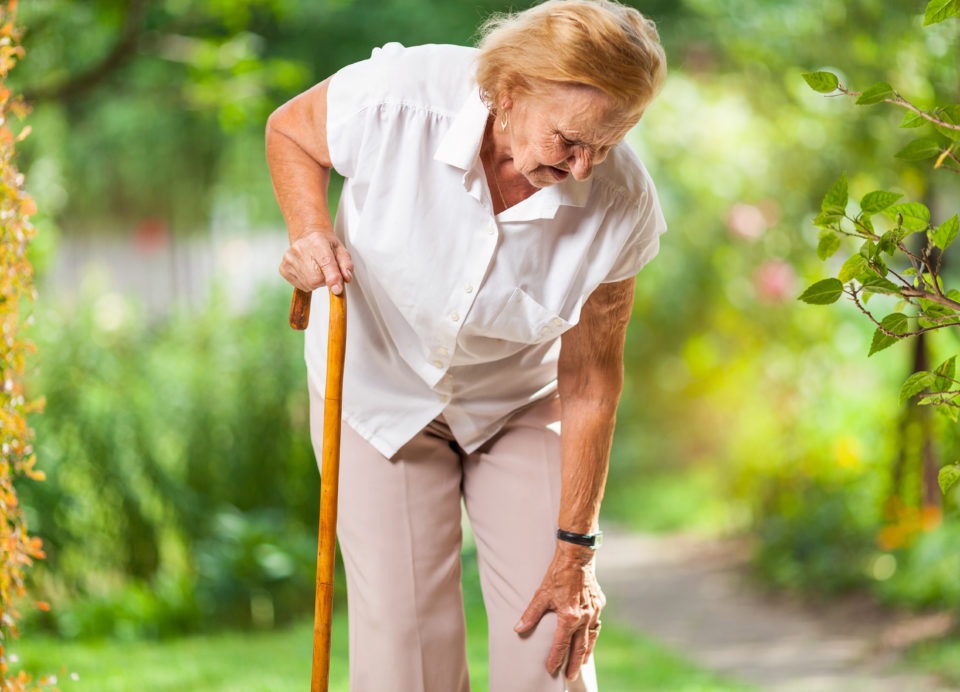
A study examined pain and non-steroidal anti-inflammatory drug (NSAID) use among collegiate athletes, differentiating by males versus females.
“Since NSAIDs are easy to access and affordable, athletes of all backgrounds frequently use it without any medical advice and has been seen to be used the highest at the high school or professional level. Given the potential poor health literacy among athlete population, prolonged use of NSAIDs, particularly prophylactic misuse is concerning,” the study authors explained.
The researchers surveyed athletes at three National Collegiate Athletic Association (NCAA) institutions. The survey was sent to 1,239 male and female athletes and had a 26% response rate: 230 female athletes (Division 1: 39%, Division 2: 33%, and Division 3: 28%) and 83 male athletes (Division 1: 52%, Division 2: 19%, Division 3: 29%).
The self-reported pain incidence proportion was higher for female athletes compared to males (45.0 [95% confidence interval (CI), 41.5 to 48.5) vs. 34.9 [95% CI, 29.4 to 40.4]). Most athletes of both sexes did not report pain during the first half of the 2019 season (females: 55% vs. males: 62%). About a third of female athletes (35%) reported pain in their back, 26% in their knee, and 23% in their ankle/foot. For males, 35% reported knee pain, 28% reported back pain, and 24% reported shoulder pain. Reported current NSAID use was higher among female athletes than males (28% vs. 20%). Among those reporting pain, 46% of females and 38% of males were taking NSAIDs. In both cohorts, more than half of athletes self-purchased NSAIDs (females: 70% vs. males: 61%). Males were more likely than females to report consuming alcohol (55% vs. 40%). As the researchers noted, “Regular use of NSAIDS can increase the risk of gastrointestinal bleeding in individuals who consumed alcohol.”
The results of the study were published in BMC Musculoskeletal Disorders.
“Female athletes with current pain had greater odds of consuming NSAIDS and most of female and male athletes reported obtaining NSAIDs through self-purchase. These results suggest that collegiate athletes consume NSAIDs without medical supervision for pain, and there is a need to investigate and intervene on health literacy within this population, in order to potentially curtail harmful health consequences,” the researchers concluded.







 © 2025 Mashup Media, LLC, a Formedics Property. All Rights Reserved.
© 2025 Mashup Media, LLC, a Formedics Property. All Rights Reserved.